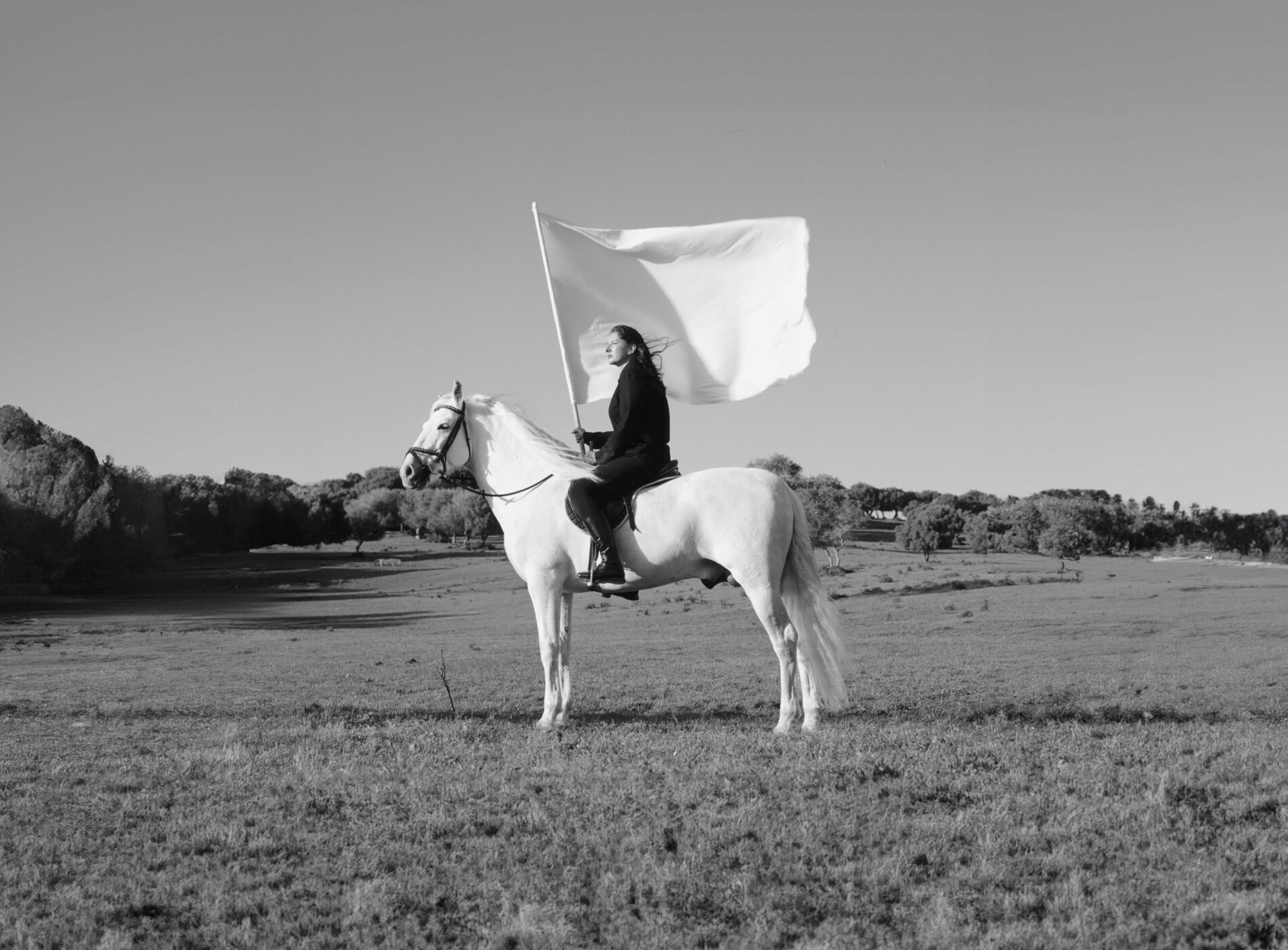





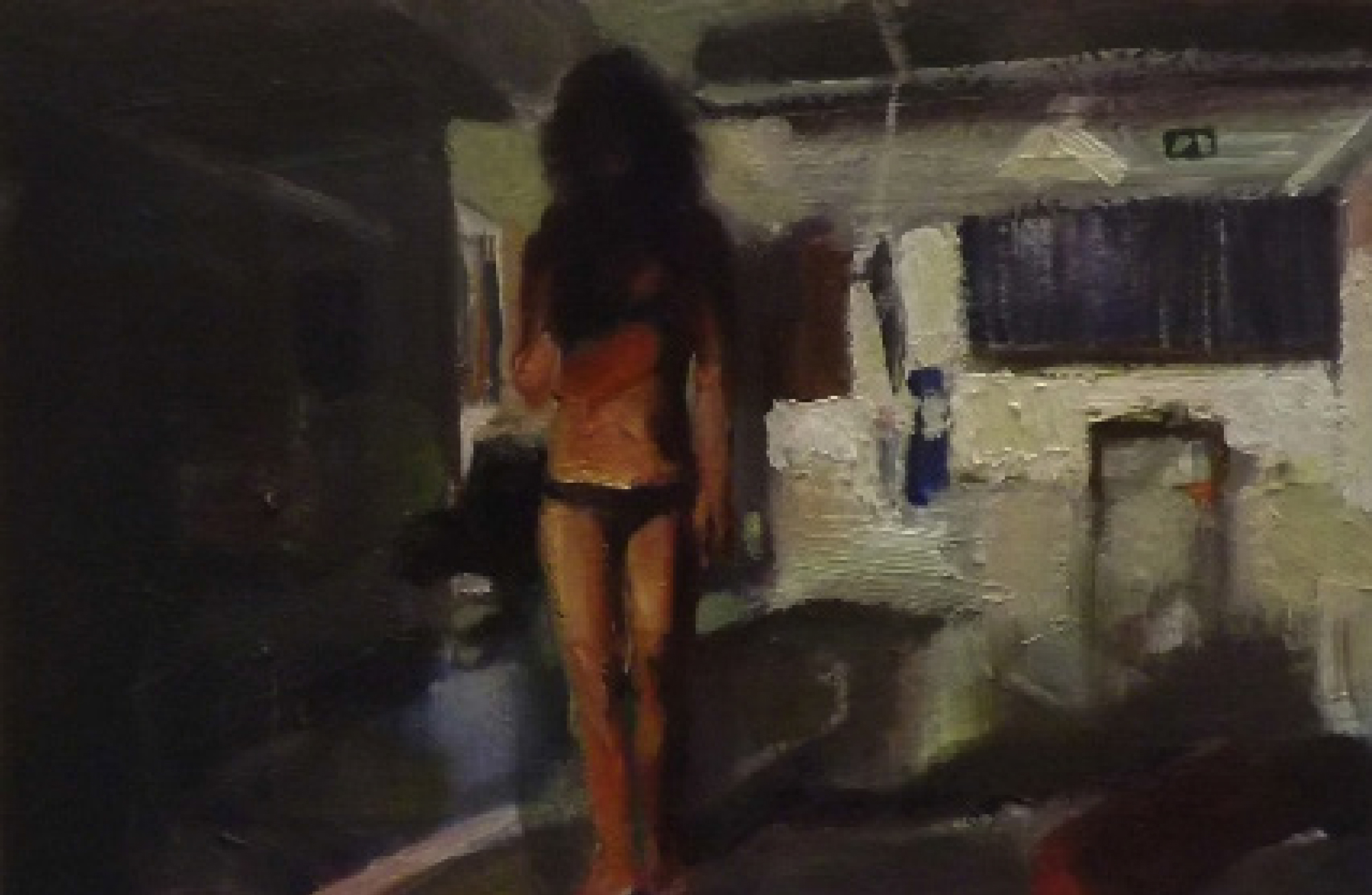



[](https://flaunt-mag.squarespace.com/config/pages/587fe9d4d2b857e5d49ca782#)[](https://flaunt-mag.squarespace.com/config/pages/587fe9d4d2b857e5d49ca782#)
Chris Moon
The Outsider British Artist Invites Us to Look at His Next Big Thing
East London-born, self-taught fine artist Chris Moon is not a fast-track YBA courting controversy by lazily re-working Goya or daubing a yellow smudge on a Rothko. He’s a rare bird, one of the few who seems deserving of the hype he’s getting. After only two solo shows, critics are drawing favorable comparisons to artists as disparate in practice and technique as Francis Bacon, Lucien Freud, and Sir Peter Blake. That’s one hell of a crew to have been name-checked alongside for any young artist. In an era of ever-less-convincing pseudo-intellectual conceptual forays in the contemporary art market, the painter has set a refreshing precedent. The artistic discourse surrounding his work has as much to do with his craftsmanship and ability to encompass and master a variety of techniques as it does with the idea.
Moon paints vivid, emotional, and at times distinctly violent pictures, though it would seem the violence has as much to do with the process or form as it does with the imagery. It’s worth noting that he willfully destroyed ten years of work in one flash of “seeing red at the studio.” Taking into consideration how famous Moon is becoming in London art circles, an act like that is tantamount to the KLF burning a million pounds in UK sterling in the early 90s.
“I sometimes get angry and frustrated, but it’s all part of the creative interplay between myself, the moment, and the paint,” he tells me as he rolls a cigarette at his studio, discussing the recent show in which he demystified the painter’s process by exhibiting works from every stage of his creative journey. “Sometimes the paint guides me emotionally… I think introspection and even depressive states are a little like mining the soul to find that rare stone at your core, it’s needed …” He checks himself suddenly, and fixes his stare into a deep purple canvas he has been working on. “Maybe a better way to put it is that you can push the inward destructive urge so far that it has to become creative. There has to be a sudden flash of light because there is nowhere else for the nihilism to go. When I reach that point painting, that’s where I become ecstatic and seek to kind of contain it all.”
Moon’s chief concern is how reality is perceived through the mind’s relationship to the “objects of its reality,” and how from them it coaxes motifs and images that have certain significance. Capturing the emotional state of this “elusive daydream” is his raison d’être, whether he is a painting a dead animal, his partner of the moment, a thrift-store postcard or, in his forthcoming show, an iconic symbol from popular culture. “You can dream reality and vice versa, and that comes back to what I am saying about the paint and the technique leading the journey, becoming the daydream,” he says, pulling on his cigarette with tenacity. “I destroy the figures I paint until I come to a stage where I feel a heightened abstract sense of them, then I capture or contain my emotional state in regard to what I have created,” he says. “It’s what I call harnessing the chaos of indecision, because it’s like every mark at that stage of the process could take you in another direction. It’s the state of transcendental reverie I strive for; it’s like a dance into the hyper-real that then has to be somehow contained.”
The intensely personal, sometimes wistful, and even riotously baroque feel of Moon’s abstract figurative work is already transforming into something new. His next series will focus on a well-known graphic symbol. He’s not quite willing to name what “ubiquitous” image he’s working with, but says each work in the series “will further abstract the image—which has only ever been represented as flat and graphic—into my reverie which, given the ubiquity of the symbol, is a reflection of a mass-collective western reverie that it feeds.” Possibly Moon fears what most of us fail to recognize—that in dreams, the symbol determines the self just as much as the self determines the symbol.
 

 

 

 

 
[](https://flaunt-mag.squarespace.com/config/pages/587fe9d4d2b857e5d49ca782#)[](https://flaunt-mag.squarespace.com/config/pages/587fe9d4d2b857e5d49ca782#)
Chris Moon
The Outsider British Artist Invites Us to Look at His Next Big Thing
East London-born, self-taught fine artist Chris Moon is not a fast-track YBA courting controversy by lazily re-working Goya or daubing a yellow smudge on a Rothko. He’s a rare bird, one of the few who seems deserving of the hype he’s getting. After only two solo shows, critics are drawing favorable comparisons to artists as disparate in practice and technique as Francis Bacon, Lucien Freud, and Sir Peter Blake. That’s one hell of a crew to have been name-checked alongside for any young artist. In an era of ever-less-convincing pseudo-intellectual conceptual forays in the contemporary art market, the painter has set a refreshing precedent. The artistic discourse surrounding his work has as much to do with his craftsmanship and ability to encompass and master a variety of techniques as it does with the idea.
Moon paints vivid, emotional, and at times distinctly violent pictures, though it would seem the violence has as much to do with the process or form as it does with the imagery. It’s worth noting that he willfully destroyed ten years of work in one flash of “seeing red at the studio.” Taking into consideration how famous Moon is becoming in London art circles, an act like that is tantamount to the KLF burning a million pounds in UK sterling in the early 90s.
“I sometimes get angry and frustrated, but it’s all part of the creative interplay between myself, the moment, and the paint,” he tells me as he rolls a cigarette at his studio, discussing the recent show in which he demystified the painter’s process by exhibiting works from every stage of his creative journey. “Sometimes the paint guides me emotionally… I think introspection and even depressive states are a little like mining the soul to find that rare stone at your core, it’s needed …” He checks himself suddenly, and fixes his stare into a deep purple canvas he has been working on. “Maybe a better way to put it is that you can push the inward destructive urge so far that it has to become creative. There has to be a sudden flash of light because there is nowhere else for the nihilism to go. When I reach that point painting, that’s where I become ecstatic and seek to kind of contain it all.”
Moon’s chief concern is how reality is perceived through the mind’s relationship to the “objects of its reality,” and how from them it coaxes motifs and images that have certain significance. Capturing the emotional state of this “elusive daydream” is his raison d’être, whether he is a painting a dead animal, his partner of the moment, a thrift-store postcard or, in his forthcoming show, an iconic symbol from popular culture. “You can dream reality and vice versa, and that comes back to what I am saying about the paint and the technique leading the journey, becoming the daydream,” he says, pulling on his cigarette with tenacity. “I destroy the figures I paint until I come to a stage where I feel a heightened abstract sense of them, then I capture or contain my emotional state in regard to what I have created,” he says. “It’s what I call harnessing the chaos of indecision, because it’s like every mark at that stage of the process could take you in another direction. It’s the state of transcendental reverie I strive for; it’s like a dance into the hyper-real that then has to be somehow contained.”
The intensely personal, sometimes wistful, and even riotously baroque feel of Moon’s abstract figurative work is already transforming into something new. His next series will focus on a well-known graphic symbol. He’s not quite willing to name what “ubiquitous” image he’s working with, but says each work in the series “will further abstract the image—which has only ever been represented as flat and graphic—into my reverie which, given the ubiquity of the symbol, is a reflection of a mass-collective western reverie that it feeds.” Possibly Moon fears what most of us fail to recognize—that in dreams, the symbol determines the self just as much as the self determines the symbol.

[](https://flaunt-mag.squarespace.com/config/pages/587fe9d4d2b857e5d49ca782#)[](https://flaunt-mag.squarespace.com/config/pages/587fe9d4d2b857e5d49ca782#)
Chris Moon
The Outsider British Artist Invites Us to Look at His Next Big Thing
East London-born, self-taught fine artist Chris Moon is not a fast-track YBA courting controversy by lazily re-working Goya or daubing a yellow smudge on a Rothko. He’s a rare bird, one of the few who seems deserving of the hype he’s getting. After only two solo shows, critics are drawing favorable comparisons to artists as disparate in practice and technique as Francis Bacon, Lucien Freud, and Sir Peter Blake. That’s one hell of a crew to have been name-checked alongside for any young artist. In an era of ever-less-convincing pseudo-intellectual conceptual forays in the contemporary art market, the painter has set a refreshing precedent. The artistic discourse surrounding his work has as much to do with his craftsmanship and ability to encompass and master a variety of techniques as it does with the idea.
Moon paints vivid, emotional, and at times distinctly violent pictures, though it would seem the violence has as much to do with the process or form as it does with the imagery. It’s worth noting that he willfully destroyed ten years of work in one flash of “seeing red at the studio.” Taking into consideration how famous Moon is becoming in London art circles, an act like that is tantamount to the KLF burning a million pounds in UK sterling in the early 90s.
“I sometimes get angry and frustrated, but it’s all part of the creative interplay between myself, the moment, and the paint,” he tells me as he rolls a cigarette at his studio, discussing the recent show in which he demystified the painter’s process by exhibiting works from every stage of his creative journey. “Sometimes the paint guides me emotionally… I think introspection and even depressive states are a little like mining the soul to find that rare stone at your core, it’s needed …” He checks himself suddenly, and fixes his stare into a deep purple canvas he has been working on. “Maybe a better way to put it is that you can push the inward destructive urge so far that it has to become creative. There has to be a sudden flash of light because there is nowhere else for the nihilism to go. When I reach that point painting, that’s where I become ecstatic and seek to kind of contain it all.”
Moon’s chief concern is how reality is perceived through the mind’s relationship to the “objects of its reality,” and how from them it coaxes motifs and images that have certain significance. Capturing the emotional state of this “elusive daydream” is his raison d’être, whether he is a painting a dead animal, his partner of the moment, a thrift-store postcard or, in his forthcoming show, an iconic symbol from popular culture. “You can dream reality and vice versa, and that comes back to what I am saying about the paint and the technique leading the journey, becoming the daydream,” he says, pulling on his cigarette with tenacity. “I destroy the figures I paint until I come to a stage where I feel a heightened abstract sense of them, then I capture or contain my emotional state in regard to what I have created,” he says. “It’s what I call harnessing the chaos of indecision, because it’s like every mark at that stage of the process could take you in another direction. It’s the state of transcendental reverie I strive for; it’s like a dance into the hyper-real that then has to be somehow contained.”
The intensely personal, sometimes wistful, and even riotously baroque feel of Moon’s abstract figurative work is already transforming into something new. His next series will focus on a well-known graphic symbol. He’s not quite willing to name what “ubiquitous” image he’s working with, but says each work in the series “will further abstract the image—which has only ever been represented as flat and graphic—into my reverie which, given the ubiquity of the symbol, is a reflection of a mass-collective western reverie that it feeds.” Possibly Moon fears what most of us fail to recognize—that in dreams, the symbol determines the self just as much as the self determines the symbol.

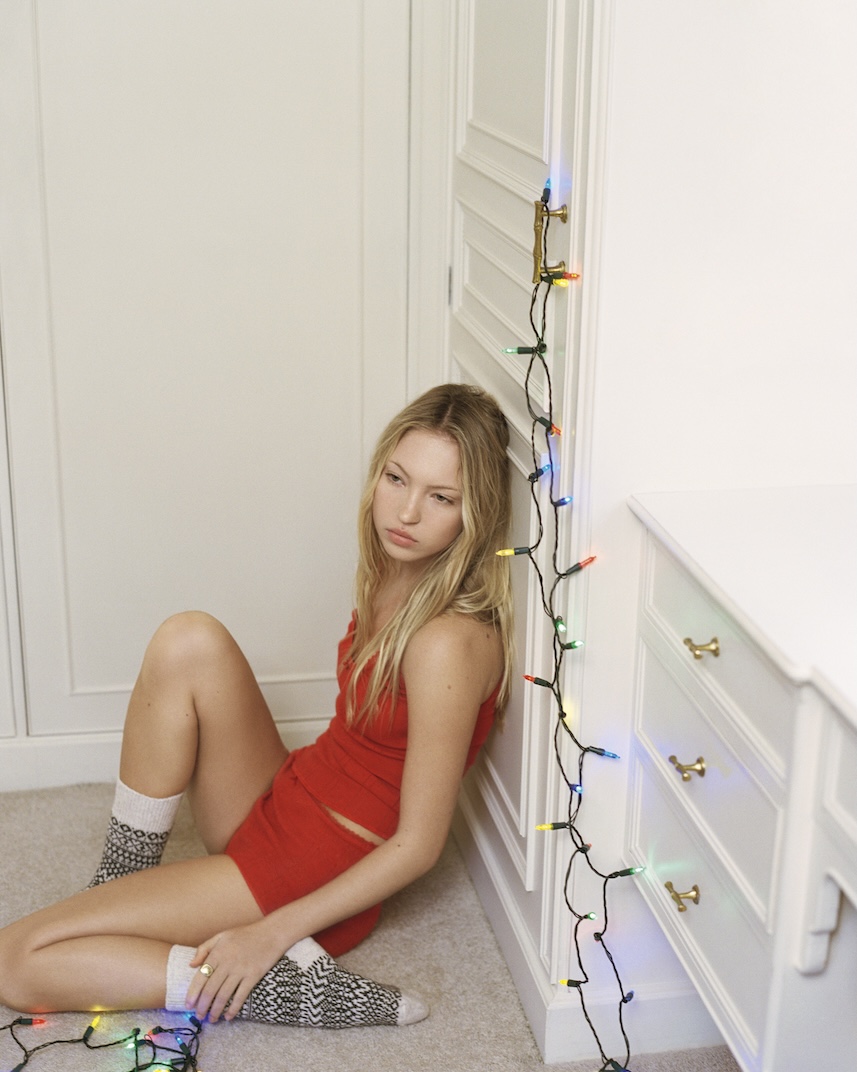
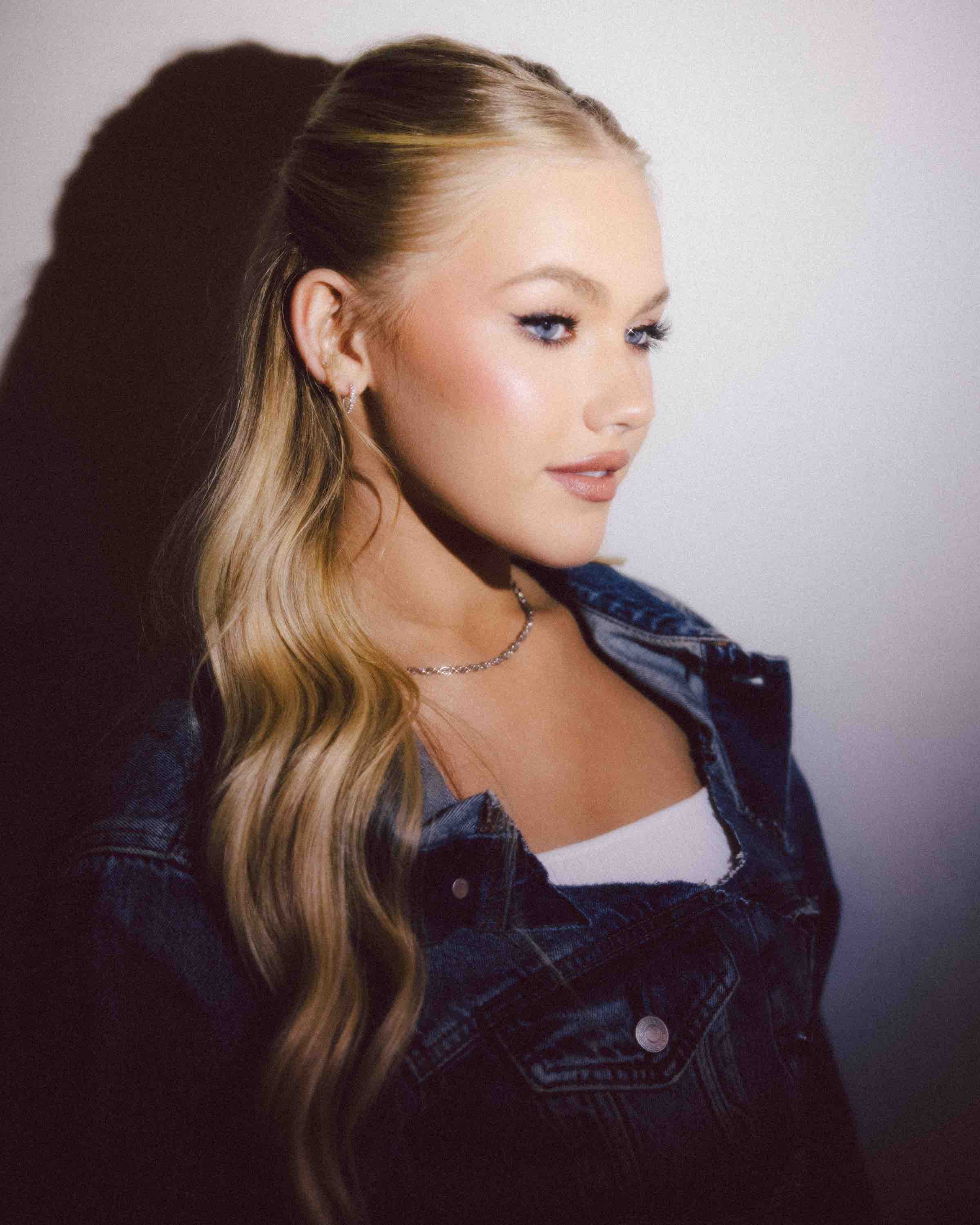
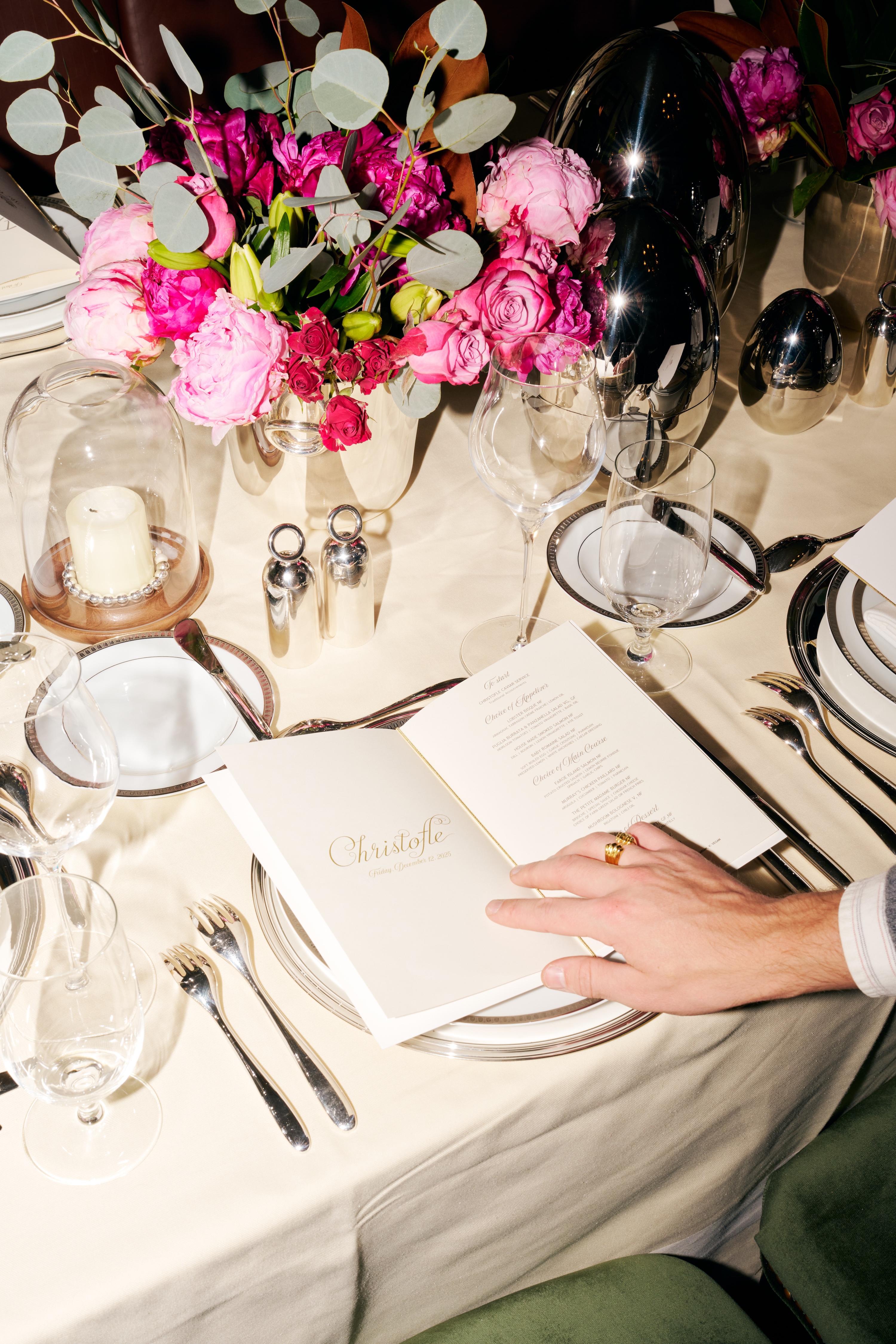

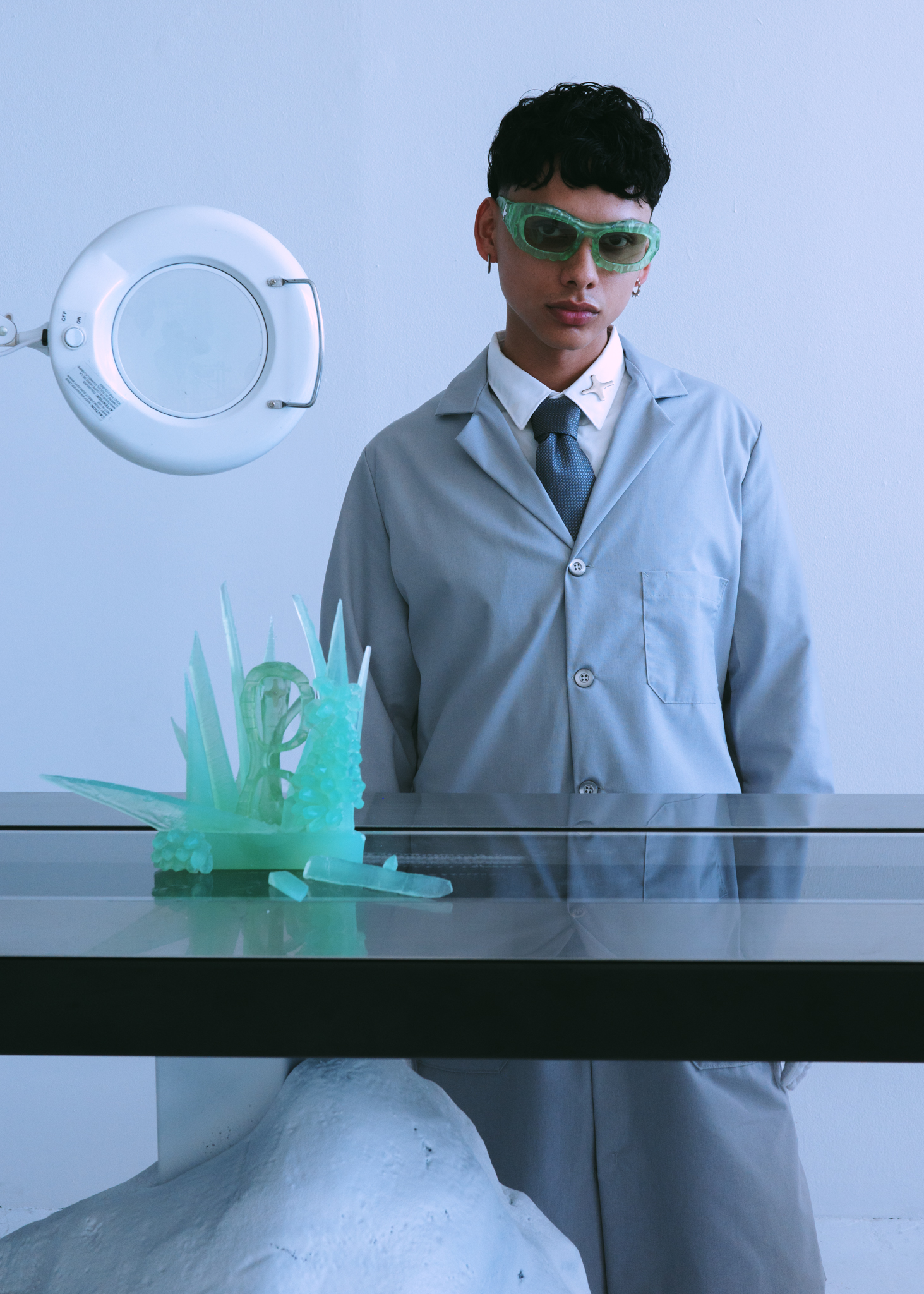
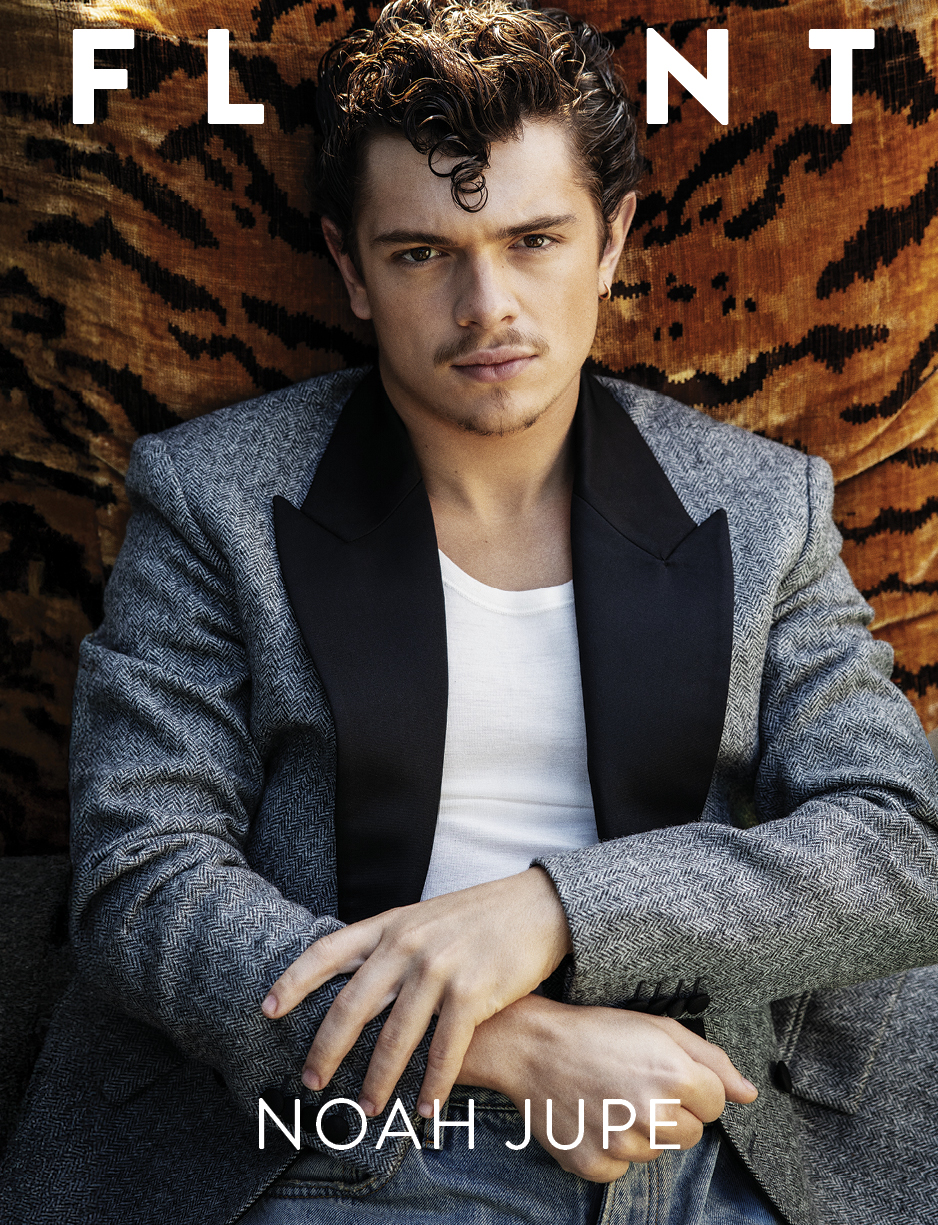
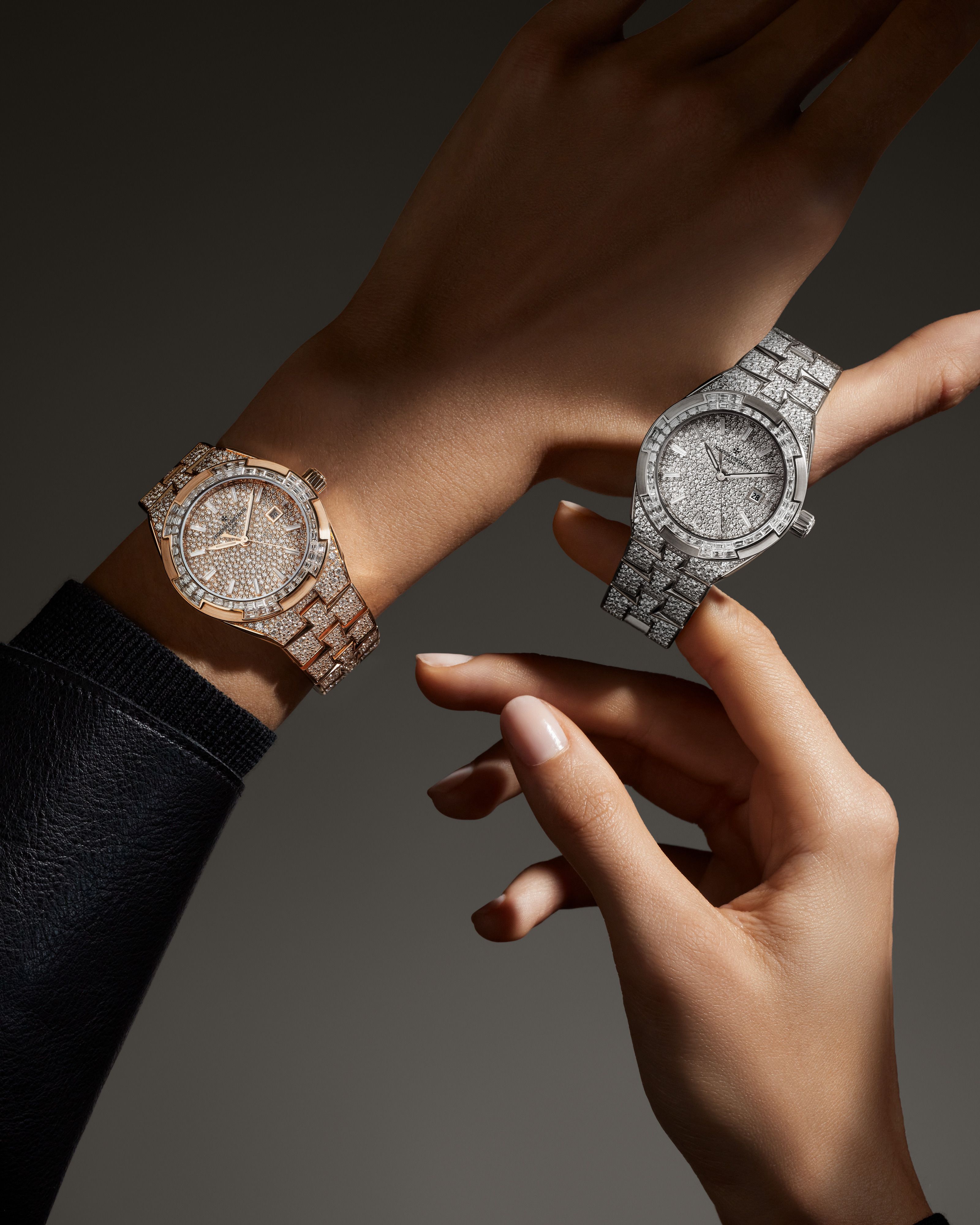

.JPG)
.jpg)

